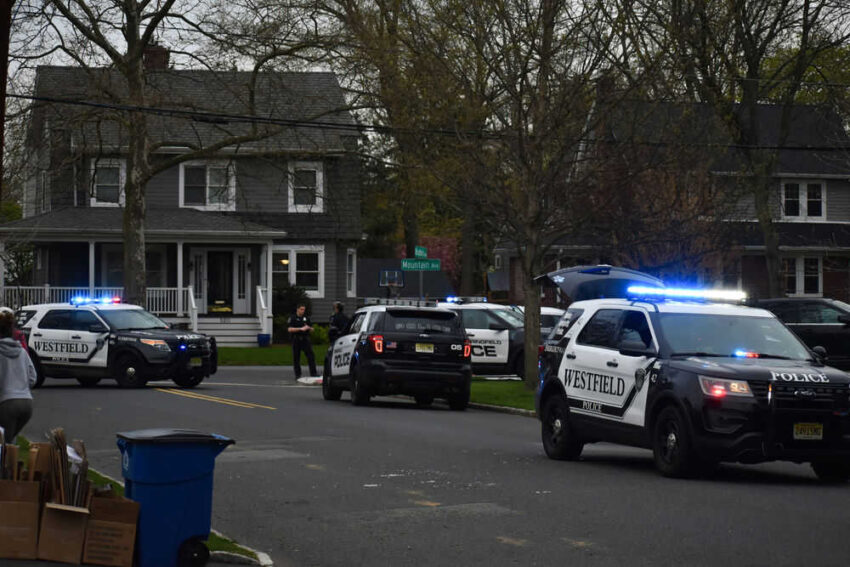(LibertySociety.com) – A mother’s split-second decision to hide her baby in a closet, then confront and fatally shoot an intruder in her home, lays bare both the fragility and force of suburban safety in modern America.
Story Snapshot
- Home invasions in peaceful Midwest suburbs are rare but remain a real threat, even as crime rates decline.
- The mother’s rapid, protective actions flipped the usual narrative of vulnerability on its head.
- The aftermath is shaping community attitudes on security, preparedness, and self-defense.
- Expert analysis reveals why decisive civilian responses can shape local crime prevention policy.
Decisive Action in a Suburban Home
A mother in a leafy Midwest neighborhood faced every parent’s nightmare when a burglar shattered the peace of her home. FBI data confirms most burglaries occur during daylight, targeting homes that seem empty, yet this break-in happened under cover of darkness, adding a layer of unpredictability. The mother’s instincts propelled her into action: she hid her baby in a closet, then, with no time to wait for police, armed herself and fatally shot the intruder. Her actions upended expectations that suburban tranquility guarantees safety and ignited debate about what it means to be prepared.
Law enforcement arrived swiftly, but the outcome had already been decided. The mother’s preparation and resolve protected her family, but the psychological and social aftershocks reverberated through her household and the community. While authorities praised her for quick thinking, neighbors grappled with the realization that crime can breach even the safest-seeming streets.
Home Invasion Risks and Shifting Crime Patterns
Residential burglary rates in the Midwest have fallen by more than 10 percent in recent years, reflecting national trends of declining property crime. Yet, statistics reveal that no neighborhood is immune to targeted invasions. Forcible entry remains the most common method, accounting for over half of incidents. Suburban communities, despite their reputation for safety, still face property crime due to their perceived affluence and lower likelihood of security systems. Only one in three households invests in home security, leaving many vulnerable to opportunistic criminals.
Criminals increasingly target homes during daytime hours, banking on empty houses, but this incident defied the odds and broke through the illusion of invulnerability. Community responses often include ramped-up patrols and neighborhood watch programs, but the immediacy of a break-in puts the onus on residents to act decisively. The mother’s actions, hiding her child and confronting the intruder, stand as a stark reminder of how quickly safety can unravel and how critical personal preparedness becomes in those moments.
Community Impact, Policy Response, and Psychological Fallout
The incident galvanized local residents to reconsider their approach to home security. While the risk of home invasion has statistically declined, the trauma and anxiety left in the wake of such an event linger far longer than the news cycle. The average financial loss per home invasion in the U.S. hovers around $2,661, but the emotional toll, especially when children are involved, cannot be quantified. Neighbors and community leaders have renewed calls for increased investment in security systems, better lighting, and coordinated neighborhood vigilance.
Mom hid her baby in closet then shot and killed burglar who broke into her home in peaceful suburb late at night https://t.co/WAzdzVfHrN
— Daily Mail (@DailyMail) August 18, 2025
Law enforcement officials stress the importance of rapid reporting and visible deterrents, citing research that alarm systems and surveillance cameras deter roughly half of would-be burglars. Experts in criminology advocate for a blend of environmental design, such as trimmed hedges and secure entry points, and active community engagement to shrink opportunities for crime. Policy discussions now focus on balancing the encouragement of responsible self-defense with the expansion of preventive measures, acknowledging that even a single incident can alter the perceived safety of an entire neighborhood.
Expert Analysis on Preparedness and Prevention
Security professionals emphasize that decisive responses, like the mother’s, can mitigate harm in high-risk scenarios, yet they caution that prevention is always preferable to confrontation. Criminologists highlight the role of environmental and community interventions in long-term crime reduction. Suburban communities that have invested in coordinated watch programs have seen dramatic reductions in neighborhood crime, sometimes as high as 80 percent over several years. Sociologists point to the psychological scars left by home invasions, arguing for holistic approaches that include trauma support alongside security upgrades.
Debate continues about the best strategies for civilian preparedness. Some experts advocate for self-defense training and legal protections for homeowners, while others underline the importance of non-confrontational deterrence. Data from law enforcement and industry experts converges on a key point: proactive measures, rapid response, and community solidarity form the backbone of resilient neighborhoods. As this Midwest mother’s story demonstrates, preparedness is not paranoia, it is the new common-sense standard for families who refuse to gamble with their safety.
Copyright 2025, LibertySociety.com .
Click this link for the original source of this article.
Author: Editor
This content is courtesy of, and owned and copyrighted by, https://libertysociety.com and its author. This content is made available by use of the public RSS feed offered by the host site and is used for educational purposes only. If you are the author or represent the host site and would like this content removed now and in the future, please contact USSANews.com using the email address in the Contact page found in the website menu.








